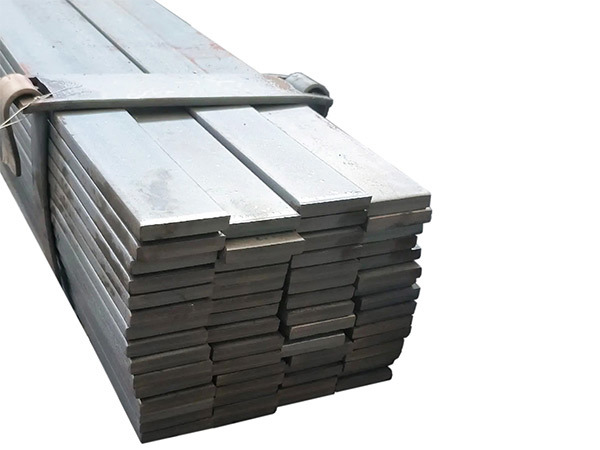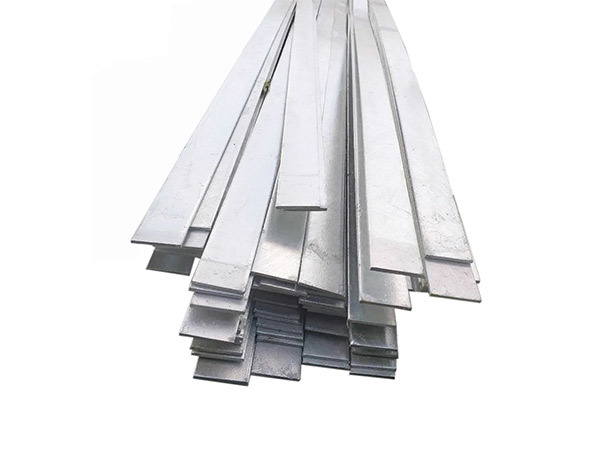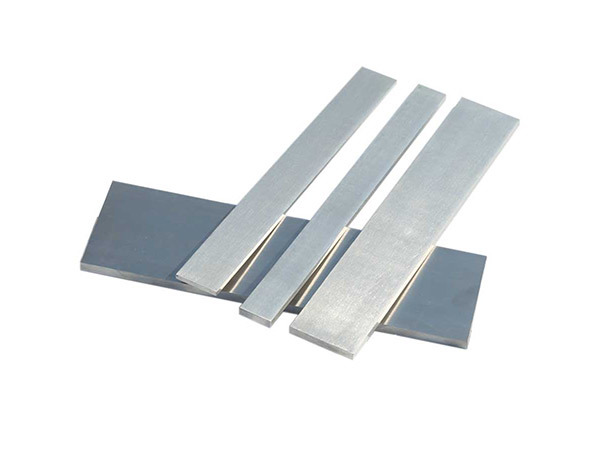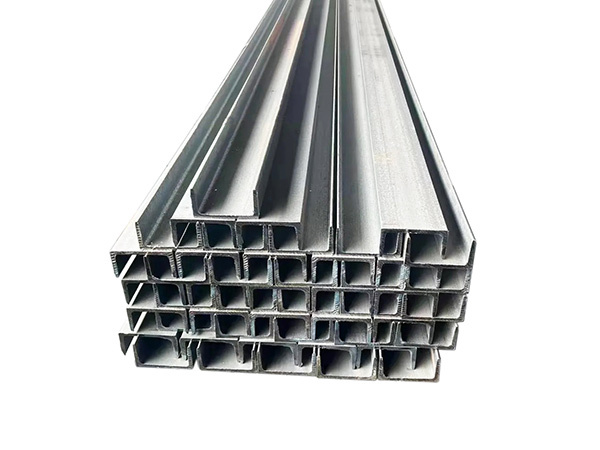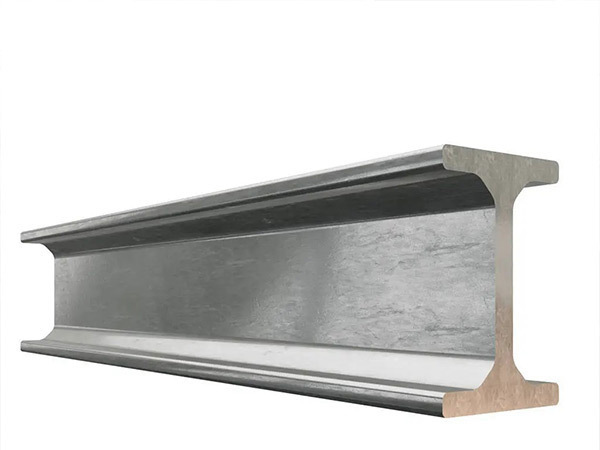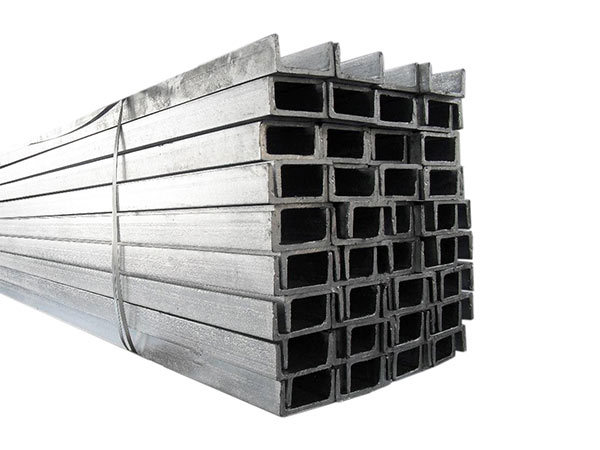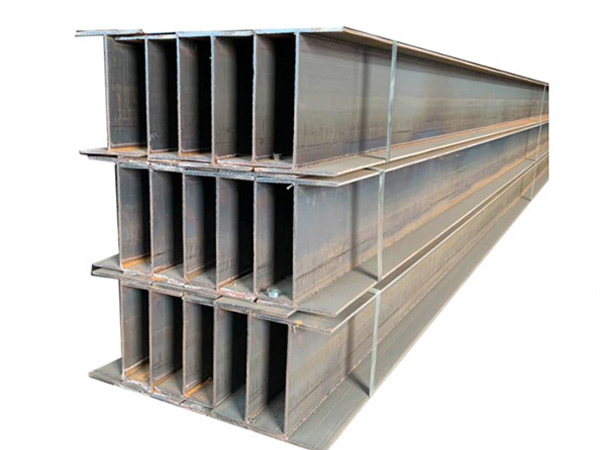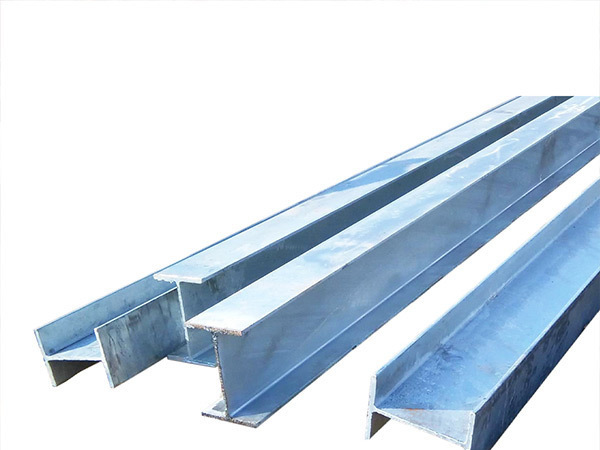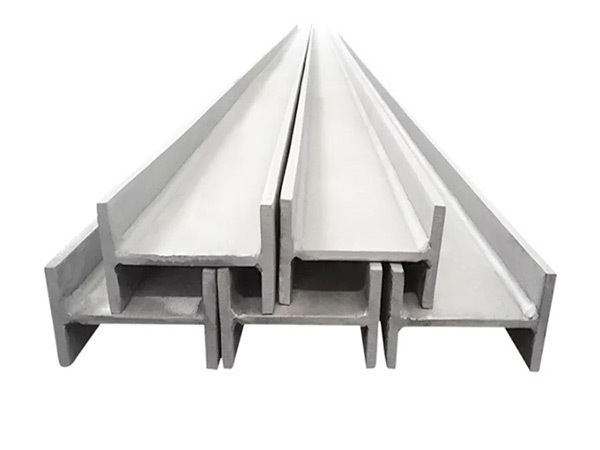PRODUCT CENTER
Flat steel refers to steel with a width of 12-300mm, a thickness of 3-60mm, a rectangular cross-section and a slight blunt edge. Flat steel can be finished steel, and can also be used as blanks for welded pipes and thin slabs for stacked sheets. Main application: Flat steel can be used as a finished material to make hoop iron, tools and mechanical parts, and it can be used as a house frame structure and escalator in construction.
Flat steel refers to steel with a width of 12-300mm, a thickness of 3-60mm, a rectangular cross-section and a slight blunt edge. Flat steel can be finished steel, and can also be used as blanks for welded pipes and thin slabs for stacked sheets. Main application: Flat steel can be used as a finished material to make hoop iron, tools and mechanical parts, and it can be used as a house frame structure and escalator in construction.
Flat steel refers to steel with a width of 12-300mm, a thickness of 3-60mm, a rectangular cross-section and a slight blunt edge. Flat steel can be finished steel, and can also be used as blanks for welded pipes and thin slabs for stacked sheets. Main application: Flat steel can be used as a finished material to make hoop iron, tools and mechanical parts, and it can be used as a house frame structure and escalator in construction.
Steel channel is structural steel product having a profile of a specific cross section, like a squarish C or U shapes, commonly used in construction and manufacturing.
Good bending resistance
I-shaped steel has outstanding bending resistance in the main force direction. Its unique cross-sectional shape allows the flange to bear tension and pressure when subjected to bending moments, while the web bears shear force. This clear division of labor fully exerts the mechanical properties of steel. In the beam structure of the building, I-shaped steel can effectively resist bending deformation and ensure the stability of the structure. Taking the common I20a model as an example, under standard operating conditions, it can withstand large bending moments without obvious deformation.
Steel channel is structural steel product having a profile of a specific cross section, like a squarish C or U shapes, commonly used in construction and manufacturing.
Stable structure and excellent carrying capacity
The H-shaped cross-section design of carbon steel H-shaped steel is exquisite. Its flange is wide and parallel, and its web thickness is reasonable, giving the steel excellent bending and compressive resistance. When subjected to transverse or vertical loads, it can effectively disperse stress and reduce deformation risk. For example, in the frame structure of large commercial buildings, carbon steel H-shaped steel, as the main load-bearing columns and beams, can easily carry huge roof and floor weights, ensuring that the building is stable and safe during long-term use. Compared with traditional I-shaped steel, the cross-sectional modulus of carbon steel H-shaped steel is larger at the same weight and has a load-bearing capacity of 10%-15%, which can meet the strength requirements of the structure in a more efficient manner.
Excellent corrosion resistance
The most significant advantage of galvanized H-steel is its excellent corrosion resistance. Whether it is using the hot-dip galvanizing process to immerse H steel in a melted zinc liquid at about 500℃, the zinc layer firmly adheres to the surface of the steel, forming a protective layer with a uniform thickness of up to 30-50μm; or using electrogalvanizing (cold galvanizing) technology to deposit a uniform and dense zinc layer on the surface of the steel using the electrolytic principle, it can effectively resist the erosion of various strong acids and alkali mists and other strong corrosion environments. In humid coastal construction projects, the structural frame made of galvanized H-steel can resist salt corrosion caused by sea breeze for a long time, ensure the safety and stability of the building structure, and greatly extend the service life.
High strength and high load bearing
Stainless steel H steel has extremely high structural strength. Compared with ordinary I-shaped steel, its cross-sectional modulus is larger under the same load conditions, which can save 10%-15% of metal materials. In the beam and column structure of a building, it can easily withstand huge pressure and bending moments to ensure the stability of the building structure. In the framework construction of large commercial buildings, stainless steel H-steel, as the main load-bearing component, provides solid support for the entire building.


